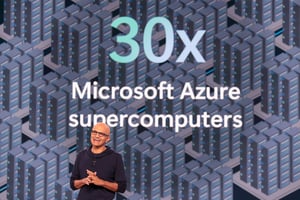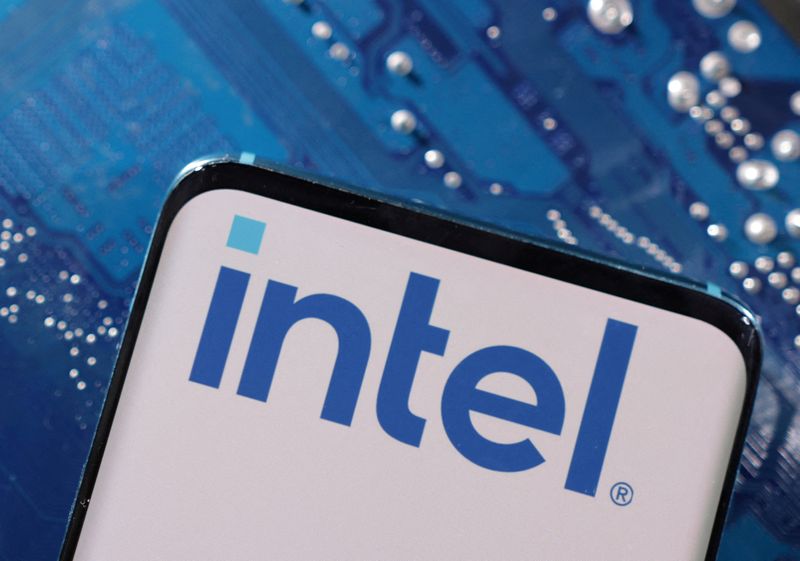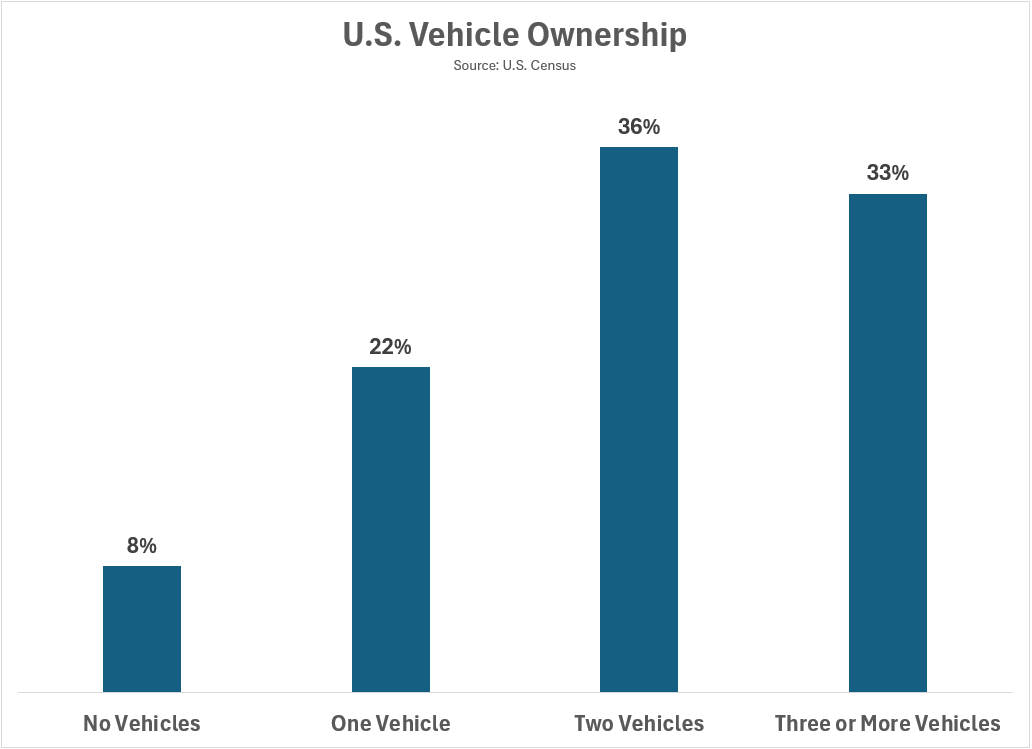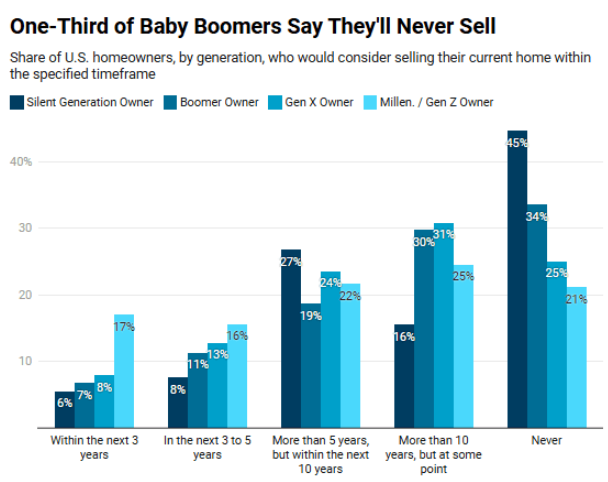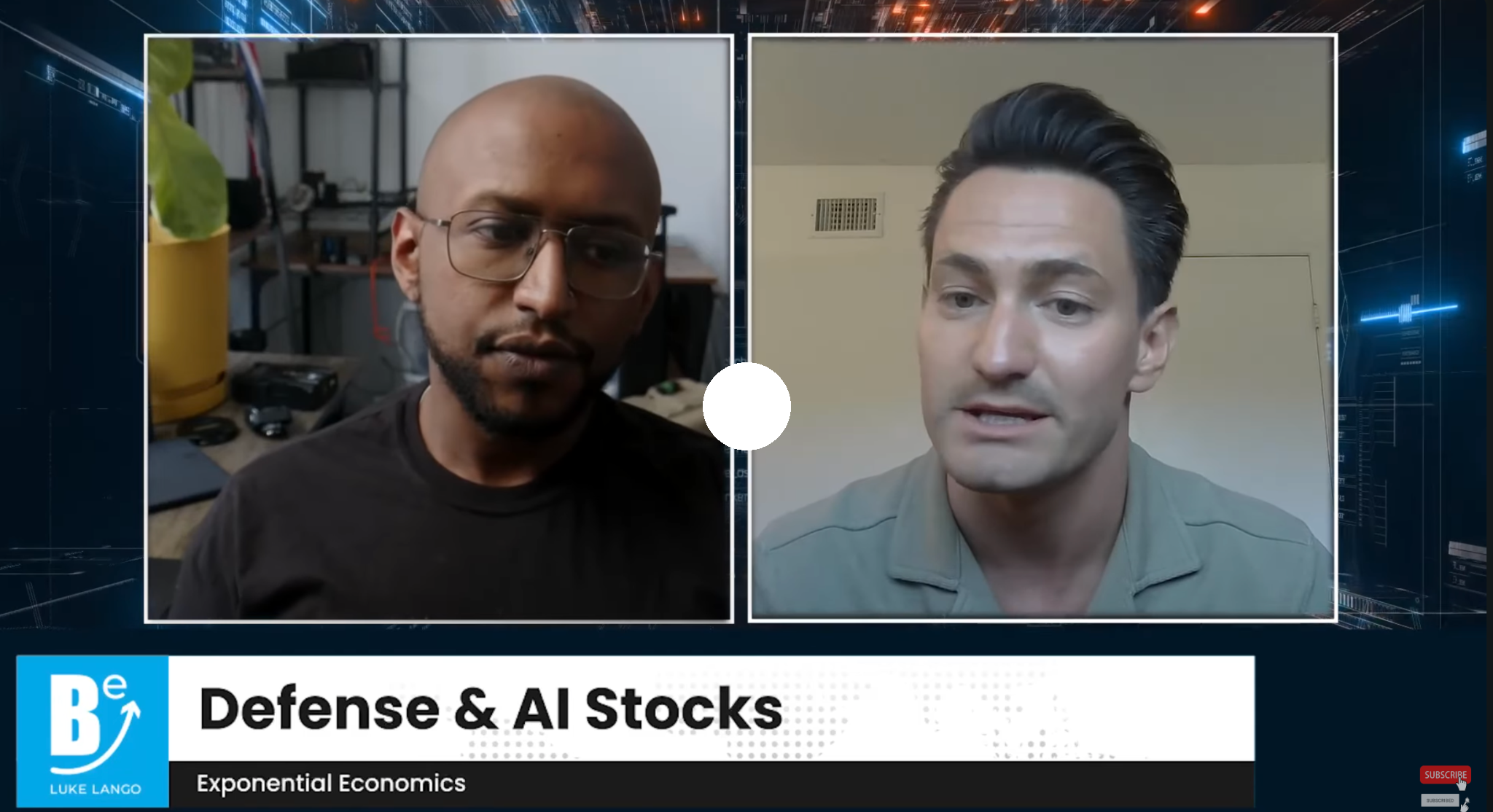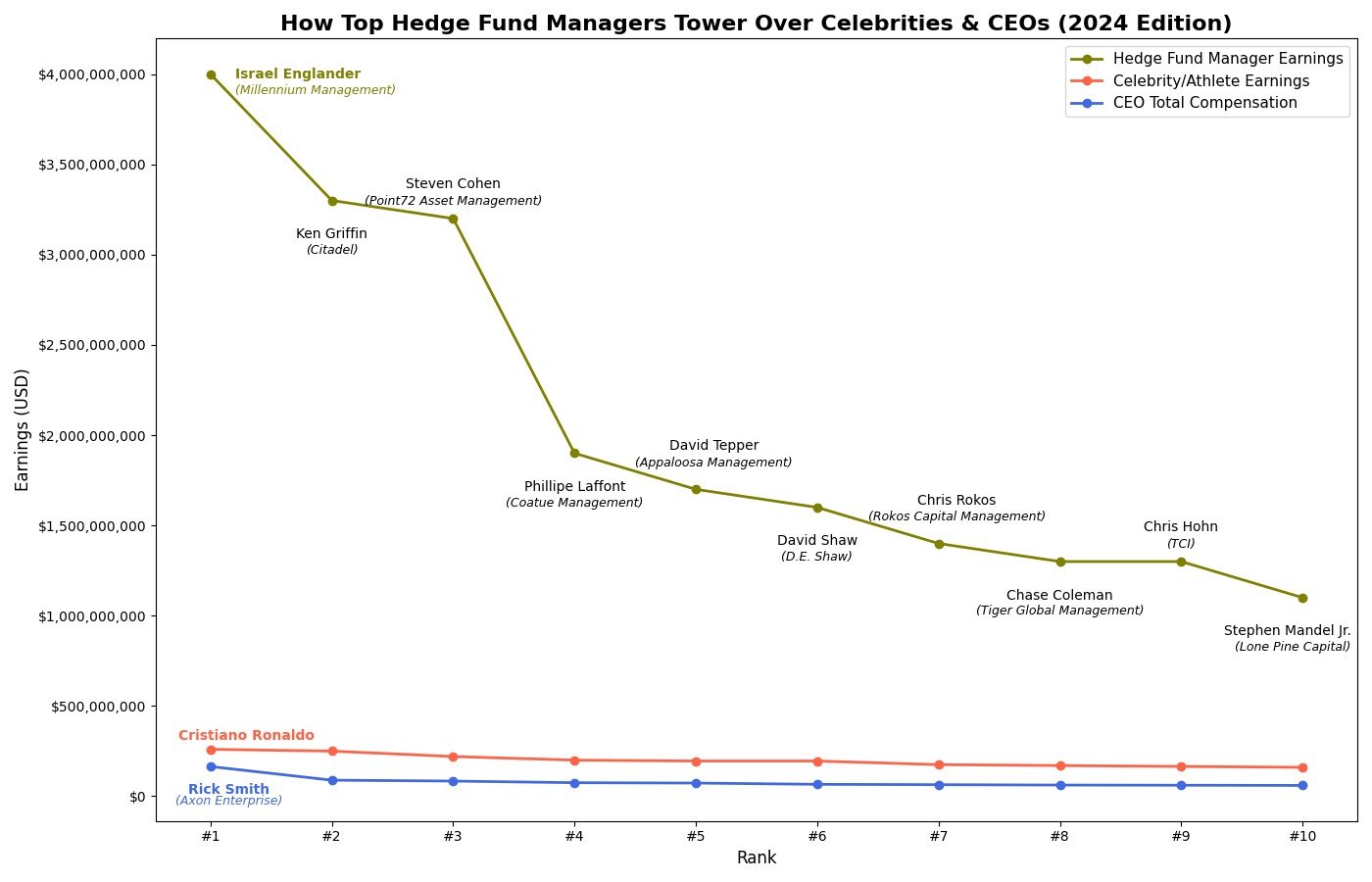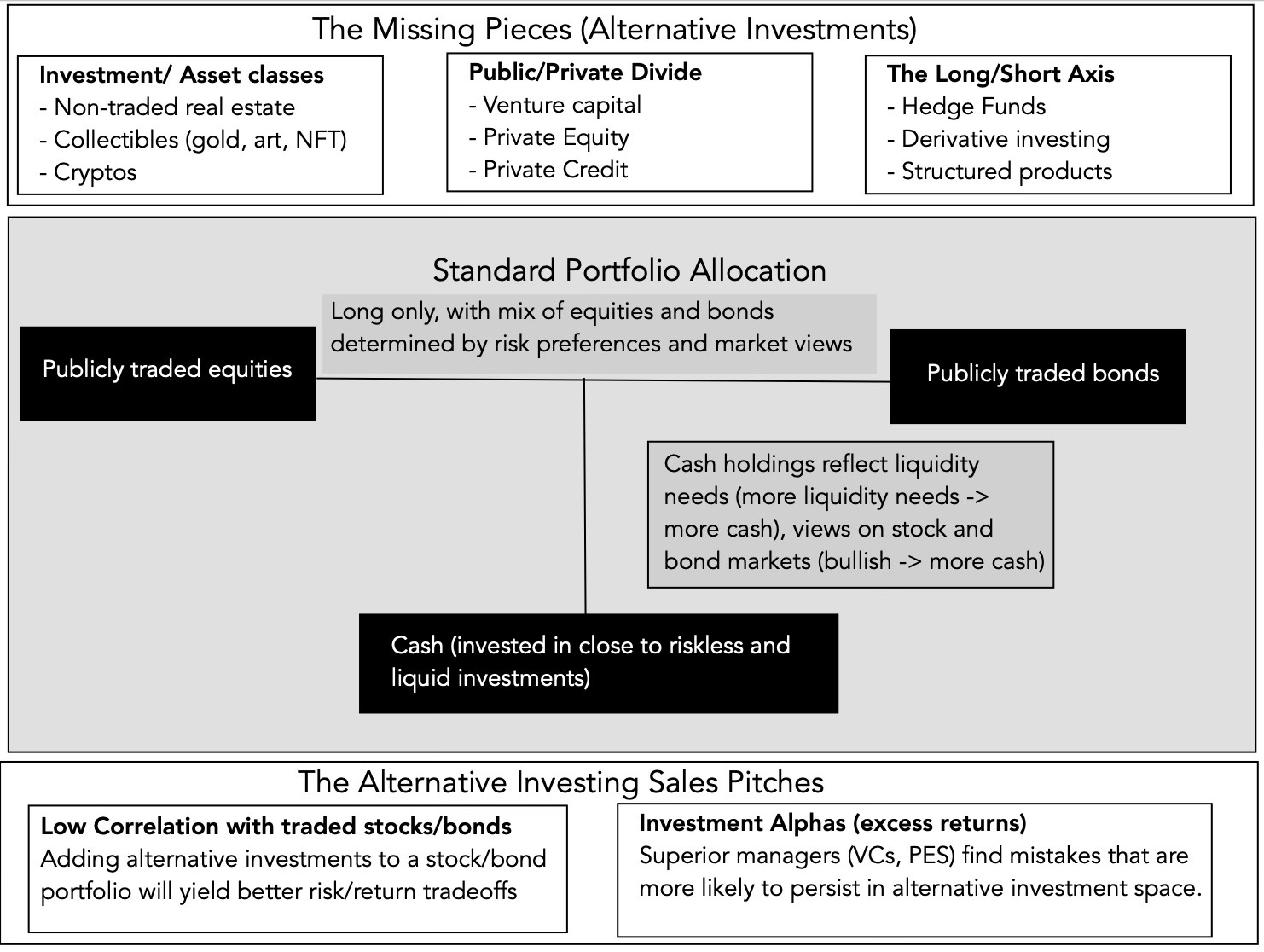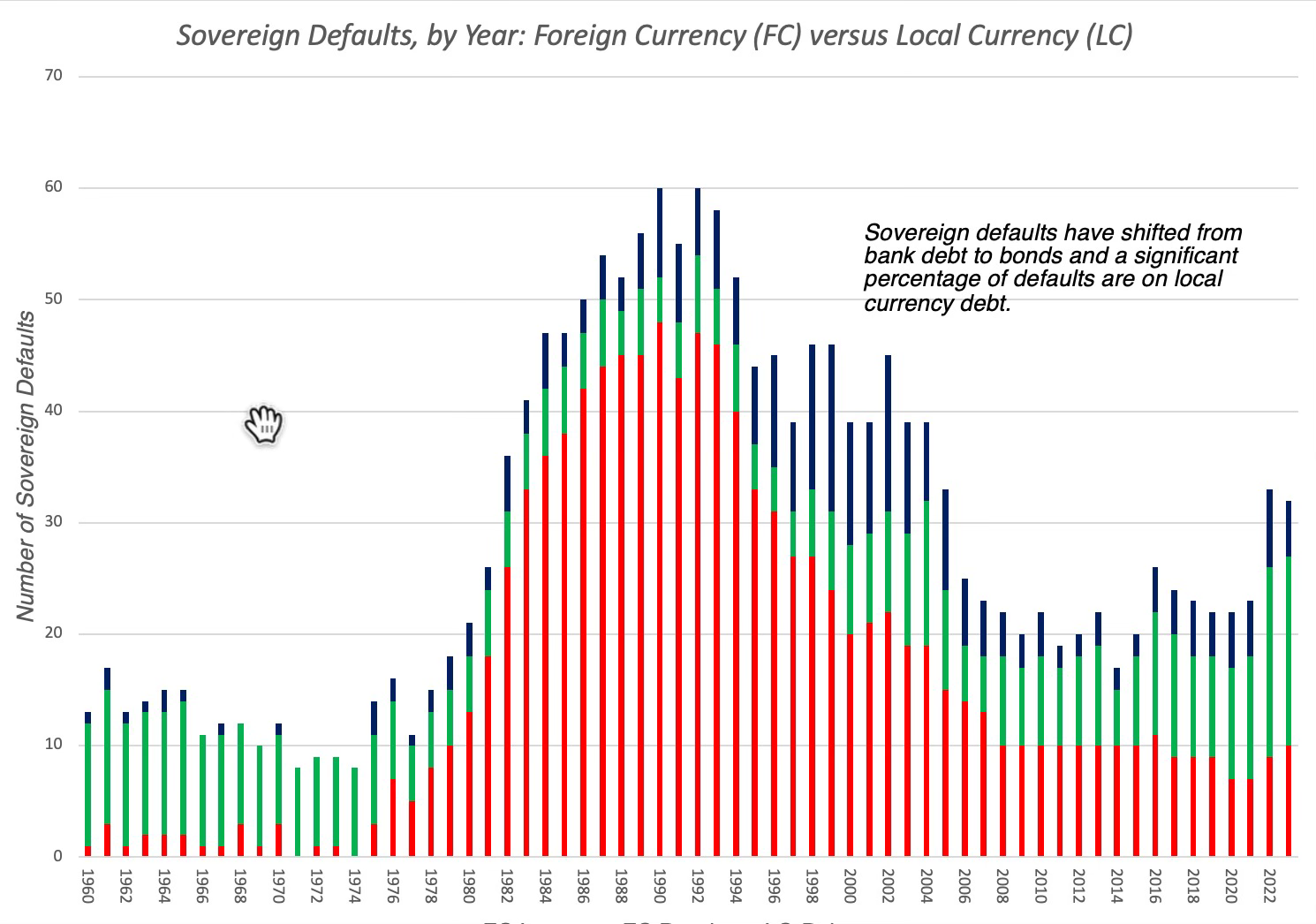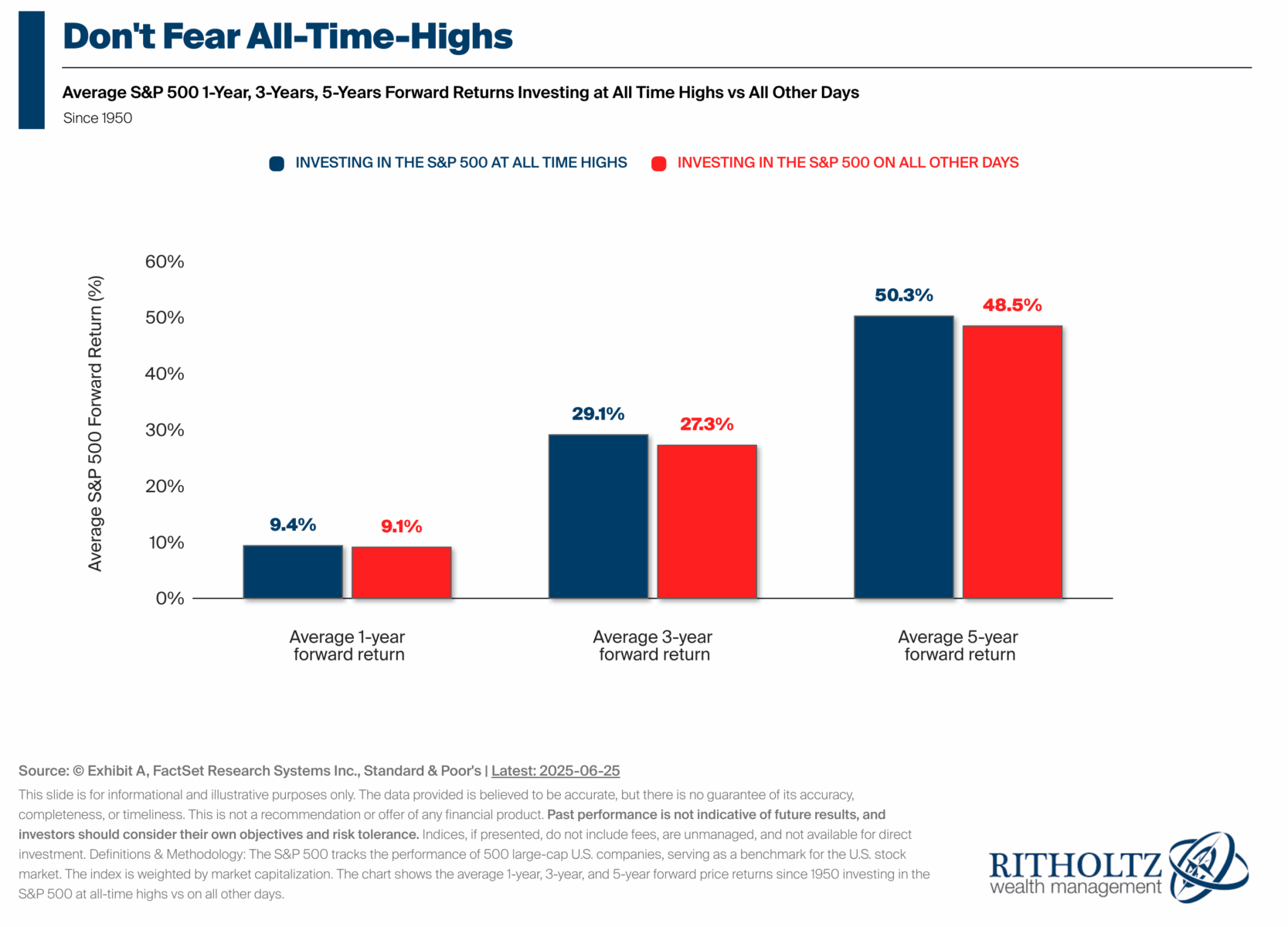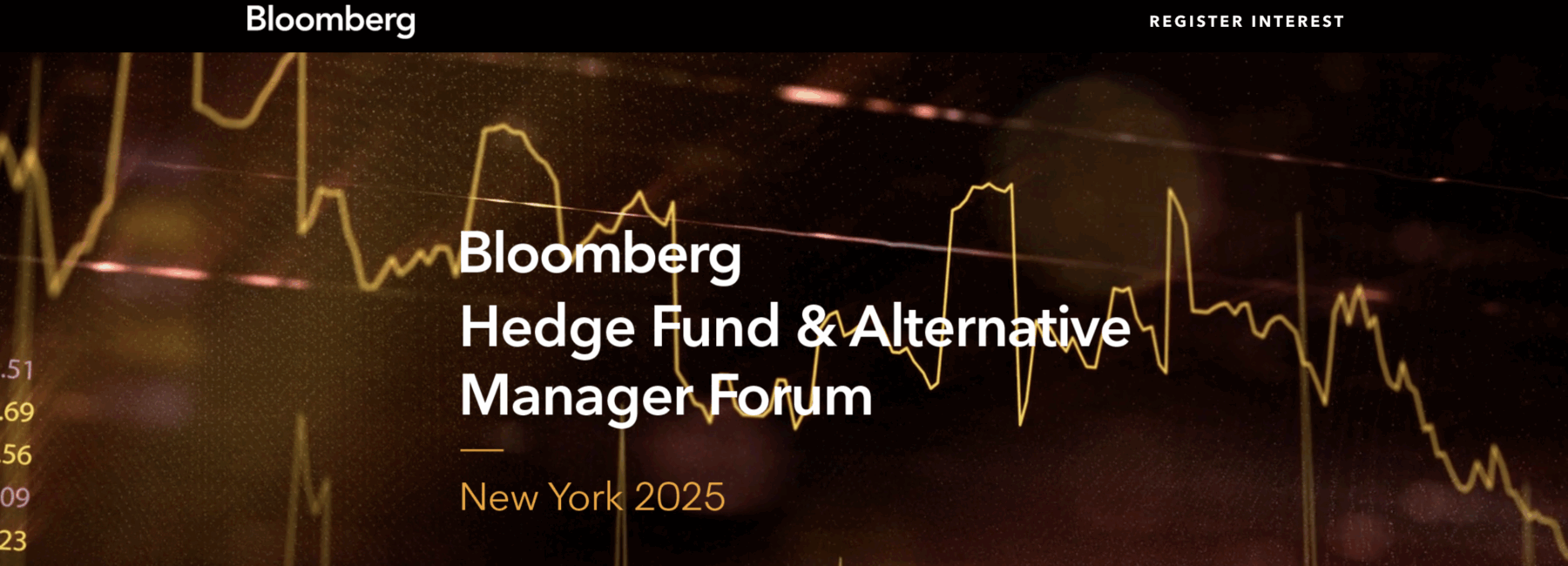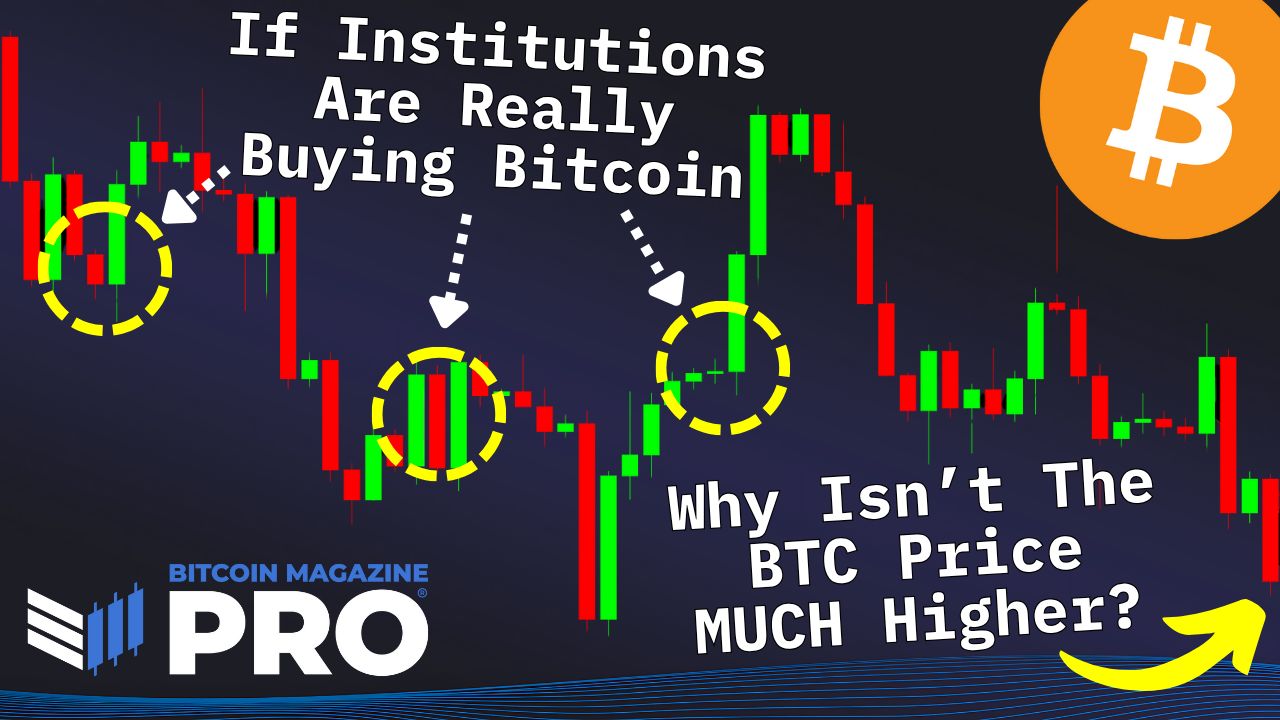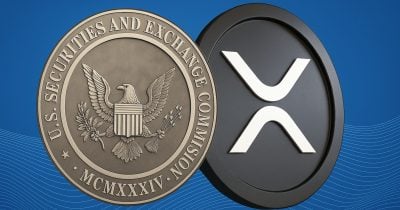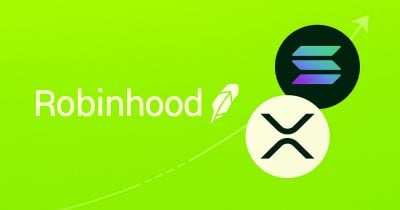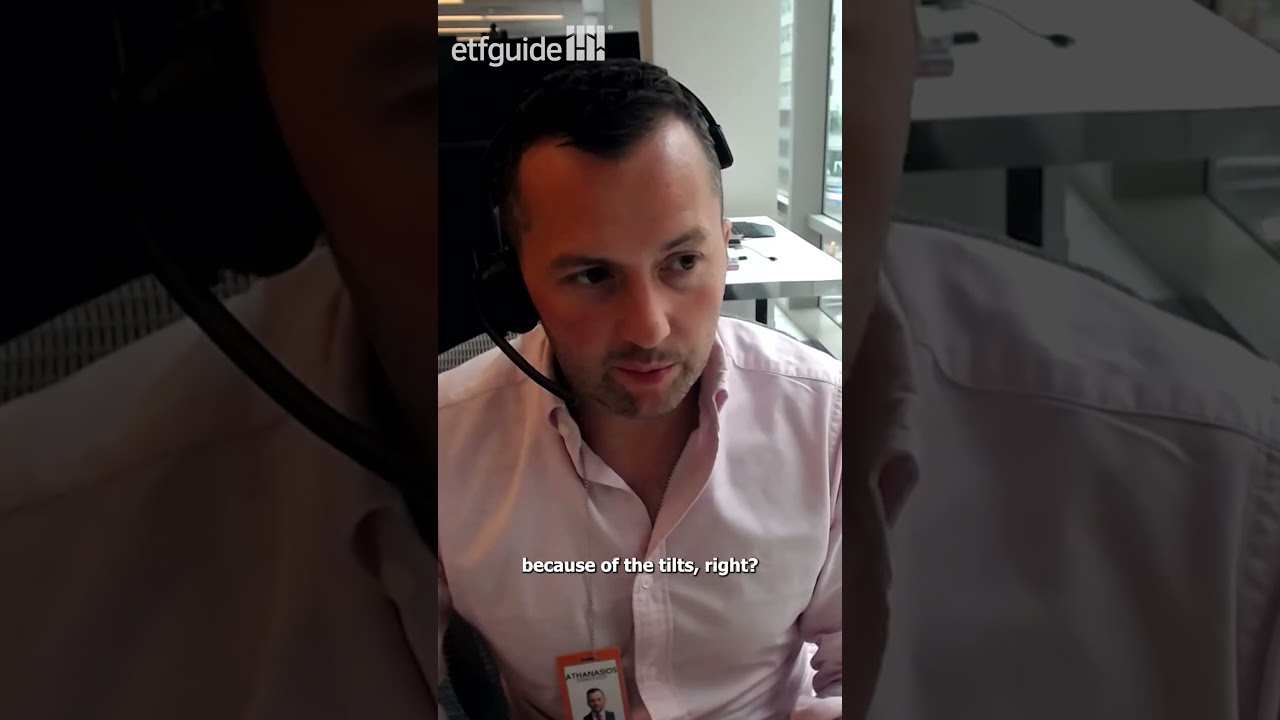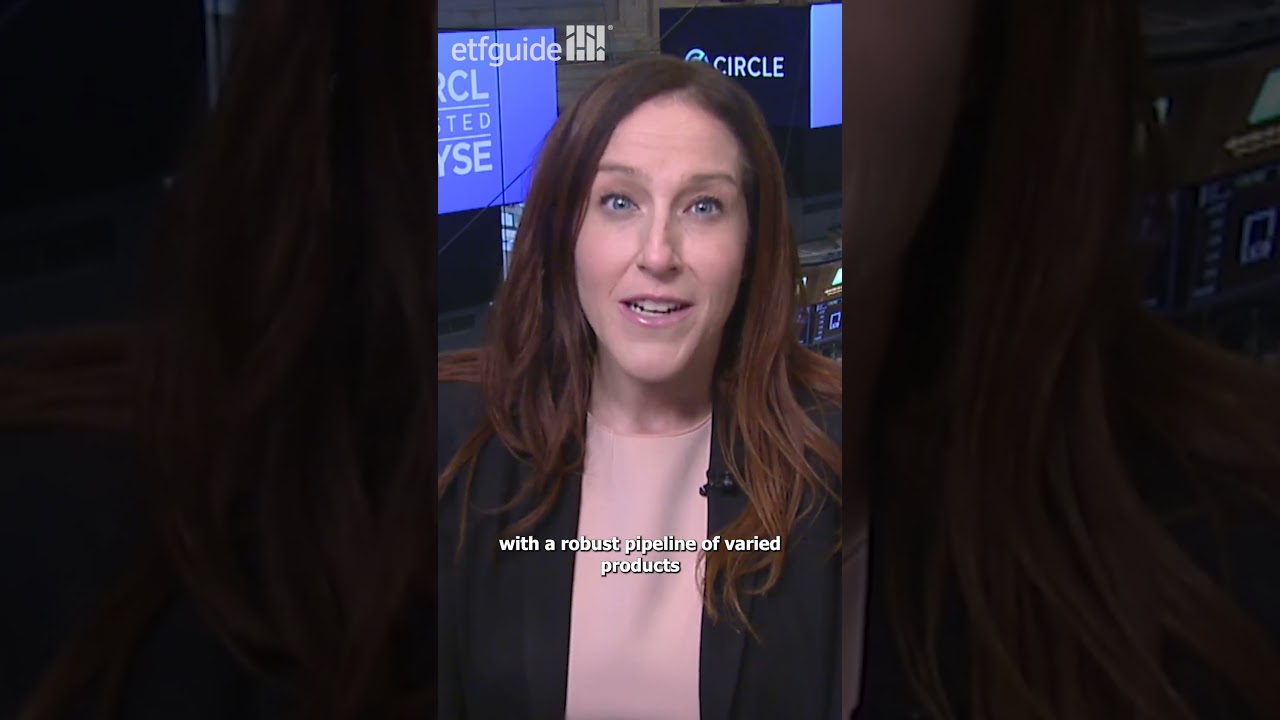QQQI vs. JEPQ: Which ETF Has the Most Qualified Dividends?
For income-seeking investors, it’s a smart strategy to own high-yield exchange traded funds (ETFs) providing qualified dividends. These are dividends that meet certain IRS criteria and may be eligible for favorable tax treatment (please consult a licensed tax profession for more information on this). Two passive income ETFs to consider right now are the NEOS […] The post QQQI vs. JEPQ: Which ETF Has the Most Qualified Dividends? appeared first on 24/7 Wall St..

Key Points
-
Both the NEOS Nasdaq-100 High Income ETF (QQQI) and the JPMorgan Nasdaq Equity Premium Income ETF (JEPQ) provide exposure to high-quality dividend-paying companies.
-
However, only one of these two funds provides superior qualified dividends after the management fees are deducted.
-
Are you ahead, or behind on retirement? SmartAsset’s free tool can match you with a financial advisor in minutes to help you answer that today. Each advisor has been carefully vetted, and must act in your best interests. Don’t waste another minute; get started by clicking here.(Sponsor)
For income-seeking investors, it’s a smart strategy to own high-yield exchange traded funds (ETFs) providing qualified dividends. These are dividends that meet certain IRS criteria and may be eligible for favorable tax treatment (please consult a licensed tax profession for more information on this).
Two passive income ETFs to consider right now are the NEOS Nasdaq-100 High Income ETF (NASDAQ:QQQI) and the JPMorgan Nasdaq Equity Premium Income ETF (NASDAQ:JEPQ). If you play your cards right with QQQI or JEPQ, you might enjoy significant tax benefits in 2025.
This leads us to a billion-dollar question: Which one of these ETFs has the most qualified dividends? This is the perfect time to take a deep dive into two compelling high-yield funds and see which one is the winner.
Balanced Mix of Dividend Heavyweights
In order to provide qualified dividends, both the NEOS Nasdaq-100 High Income ETF and the JPMorgan Nasdaq Equity Premium Income ETF include a broad range of yield-bearing stocks. Within their holdings lists, you’ll find highly familiar heavyweights with QQQI and JEPQ.
Starting with the QQQI ETF, it includes approximately 100 stocks in its portfolio. Some of the top holdings of the NEOS Nasdaq-100 High Income ETF are tech names like Microsoft (NASDAQ:MSFT), Apple (NASDAQ:AAPL), and Broadcom (NASDAQ:AVGO), all of which pay dividends.
In addition, QQQI’s portfolio includes non-tech-sector dividend payers like Costco Wholesale (NASDAQ:COST) and Kraft Heinz (NASDAQ:KHC). All in all, while the NEOS Nasdaq-100 High Income ETF is somewhat tech-heavy in its allocations, the fund generally includes a balanced mix of yield-bearing stocks.
Similarly, the JPMorgan Nasdaq Equity Premium Income ETF’s portfolio includes 108 holdings. You’ll find many of the same stocks in JEPQ’s holdings list that you found in QQQI: Apple, Microsoft, Broadcom, Costco, Kraft Heinz, and so on.
Another similarity between the NEOS Nasdaq-100 High Income ETF and the JPMorgan Nasdaq Equity Premium Income ETF is that they both pay monthly dividend distributions. That’s a nice advantage over Apple stock, Microsoft stock, and other stocks that only pay dividends every three months.
In other words, there’s a definite benefit with QQQI and JEPQ that you won’t find with a basic, tech-heavy fund like the Invesco QQQ Trust Series 1 (NASDAQ:QQQ). With the monthly distributions from the QQQI and JEPQ ETFs, you can reinvest the dividends for enhanced, compounding returns month after month.
The Price of Active Management
At this point, you might conclude that these two funds are basically the same. As we’ve learned, the NEOS Nasdaq-100 High Income ETF and the JPMorgan Nasdaq Equity Premium Income ETF are tech-heavy but still balanced funds that pay dividends every month.
Another similarity is that QQQI and JEPQ are both actively managed funds that use options strategies to enhance the qualified dividend payments. This is one of the reasons these two ETFs are actively managed rather than passively managed.
Certainly, the funds’ managers deserve to get paid for their effort and expertise. Thus, both funds charge investors an expense ratio, which is basically the annualized management fee that’s automatically deducted from the share price.
For the NEOS Nasdaq-100 High Income ETF, the annual expense ratio is 0.68%, which would equate to $0.68 for every $100 invested in the fund. Meanwhile, the expense ratio for the JPMorgan Nasdaq Equity Premium Income ETF is much lower at 0.35%, or $0.35 per year for every $100 invested.
To be honest, the QQQI and JEPQ ETFs have largely overlapping portfolio holdings and have performed similarly in terms of share-price gains. Therefore, QQQI will need to offer something special to investors if it’s going to incur higher management fees than JEPQ.
The Bigger Yield Makes a Difference
So, does the NEOS Nasdaq-100 High Income ETF somehow make up for its higher management fees? Yes, it does because QQQI offers superior qualified dividends even after deducting the expense ratio.
The overview page for the JPMorgan Nasdaq Equity Premium Income ETF displays many different annualized dividend yields for the fund. However, the one to focus on today is the 12-month rolling dividend yield, which reflects JEPQ’s actual dividends from the past 12 months.
The JEPQ ETF’s 12-month rolling dividend yield is listed as 11.01%. There are no guarantees, but this should represent a good estimate of what the fund’s investors might expect to earn in the near future.
In contrast, the NEOS Nasdaq-100 High Income ETF lists its “distribution rate” as a similar, historic dividend yield. For QQQI, the 13.92% historic yield beats JEPQ’s 11.01% yield.
We can subtract the expense ratios now to get a fair representation of the post-management-fees yield for investors. For the QQQI ETF, this would be 13.92% – 0.68%, or 13.24%. This still beats the post-management-fees yield for JEPQ, which would be 11.01% – 0.35%, or 10.66%.
At long last, we have a winner among the two funds. Even though there’s a higher price for active management with the NEOS Nasdaq-100 High Income ETF, it still offers the most qualified dividends when compared to the JPMorgan Nasdaq Equity Premium Income ETF.
The post QQQI vs. JEPQ: Which ETF Has the Most Qualified Dividends? appeared first on 24/7 Wall St..


























